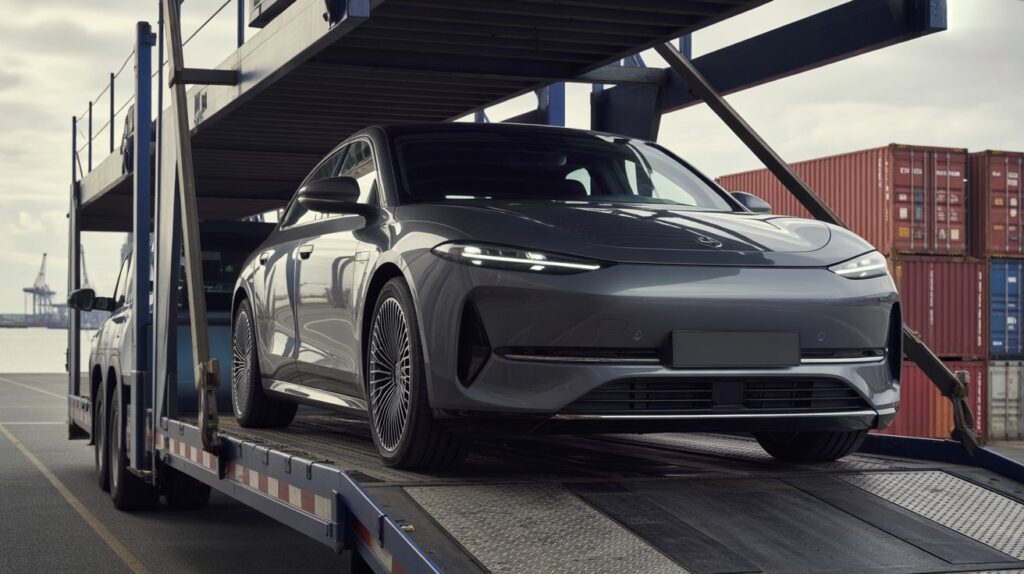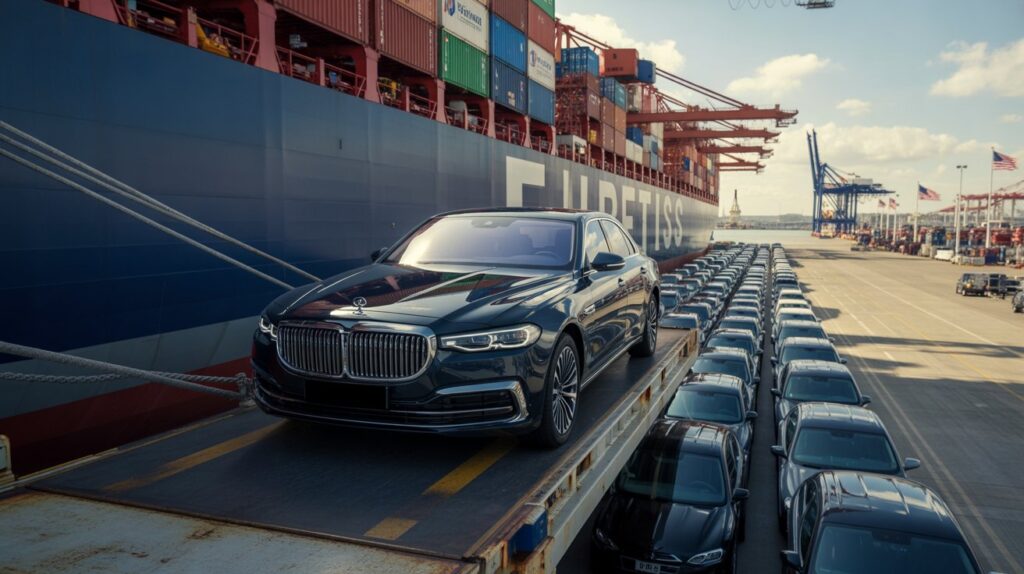Importing a European car to the US involves several stages that require precision and preparation. Many American car enthusiasts dream of owning models that are often unavailable in domestic dealerships. From Italian sports cars to German luxury sedans, these imports can deliver style and performance that feel distinct from US-made vehicles.
The process begins with verifying that the car meets federal safety and environmental standards. The United States has strict regulations through agencies like the Environmental Protection Agency and the Department of Transportation. Cars that fail to comply must be modified before registration. Working with an experienced import broker can make this phase more efficient since they understand paperwork and compliance checks.
Import duty and taxes must also be calculated. Customs will charge a percentage of the car’s value based on classification. Many importers overlook these costs, which can be significant once shipping, insurance, and fees are added. For accuracy, request an itemized quote from your shipping company.
Compliance and Regulations for European Car Imports
European cars must align with US emissions and safety standards before they can be legally driven. These requirements can differ depending on the vehicle’s make, model, and production year. Cars older than 25 years are exempt from certain rules, which is why many collectors import classic vehicles from Europe.
Modifications may include changes to lighting systems, bumpers, and exhaust components. Some models already meet US standards because they were built for international sale. Verifying this with the manufacturer can save time and reduce conversion costs.
Documentation plays a large role in approval. You will need proof of ownership, the bill of sale, export clearance, and shipping documents. Each form must match precisely with customs records. Failure to submit accurate paperwork can delay clearance or cause rejection at the port.
Costs Involved in Importing a European Car to USA
The total cost of importing a European car to the US extends far beyond the purchase price. Shipping fees depend on the port, distance, and vehicle size. Roll-on/roll-off shipping is common for standard cars while container shipping offers added protection for luxury models.
Customs duties usually range from 2.5% to 25%, depending on classification. Insurance during transit protects against damage and theft, making it a smart investment for valuable vehicles. You must also account for storage, inspection, and possible repair fees once the car arrives.
Currency conversion adds another layer to the cost. Exchange rates can fluctuate, so locking in a favorable rate before payment can help maintain budget stability.
Shipping and Customs Procedures Explained
Once you finalize your purchase, the car will be shipped from a European port. The shipping process involves several inspections and documentation checks before departure. Each country may have different export requirements, so coordination with a local shipping agent can prevent delays.
Upon arrival at a US port, customs officials will review the paperwork and inspect the vehicle. If the car passes all checks, it will be released for delivery to your address or storage facility. In some cases, temporary bonds may be required until full compliance is verified.
Hiring a registered importer can simplify this stage. They can assist with customs declarations, regulatory filings, and emissions testing. Although this adds to the cost, it helps avoid expensive mistakes and ensures that the car meets federal guidelines.
Legal Considerations When Importing a European Car to USA
Federal law requires that every imported car either comply with US safety standards or qualify for exemption. The 25-year rule exempts older models from many modern regulations, which makes them popular among collectors. For newer cars, compliance must be proven before registration.
State-level rules may add further steps. Some states have strict emissions testing, while others may impose additional registration taxes. Always verify local requirements before shipment to prevent unexpected issues after arrival.
Insurance is another key factor. Some US insurers require special coverage for imported vehicles, especially those with custom modifications. Compare policies before purchase to avoid gaps in protection.
Why Many Choose European Cars for Import
European manufacturers are known for their precision engineering, attention to detail, and performance pedigree. Many American drivers import these vehicles to experience the driving dynamics and design philosophies that differ from domestic cars. The appeal lies in craftsmanship and innovation that define brands from countries like Germany, Italy, and the United Kingdom.
For some, it is about nostalgia or admiration for specific models unavailable in the US market. For others, it is a passion for collecting automotive history. Whatever the reason, importing a European car to the US remains a pursuit that combines passion with technical know-how.
Final Advice on Importing a European Car to USA
Importing a European car to the US takes patience, preparation, and clear understanding of regulations. Always research compliance, taxes, and shipping options before committing. Hiring professionals who handle customs and conversion work can reduce risks and safeguard your investment.
With accurate planning and expert guidance, your dream of owning a European car on American roads can become reality without unnecessary setbacks.





